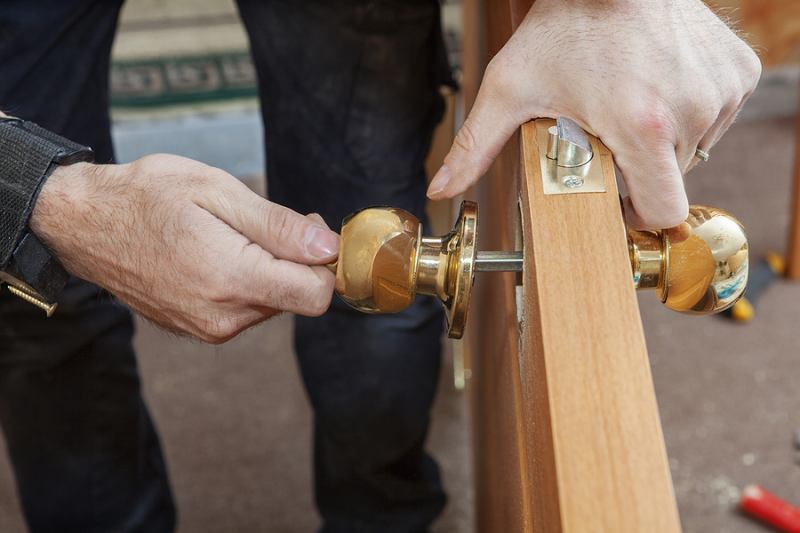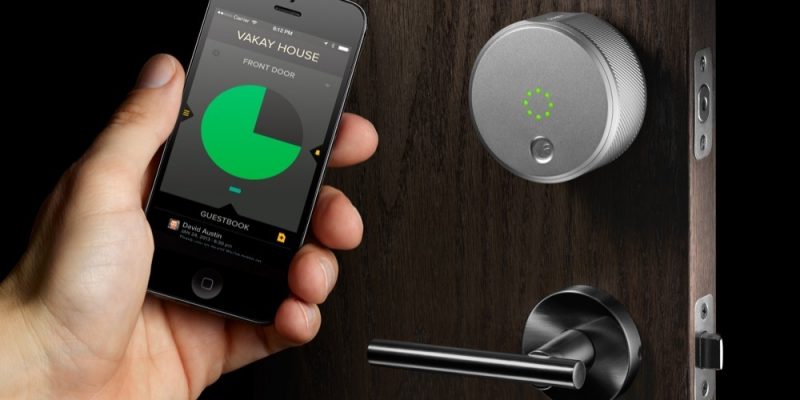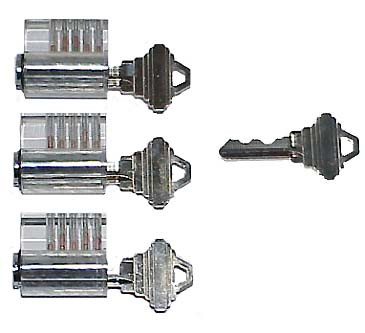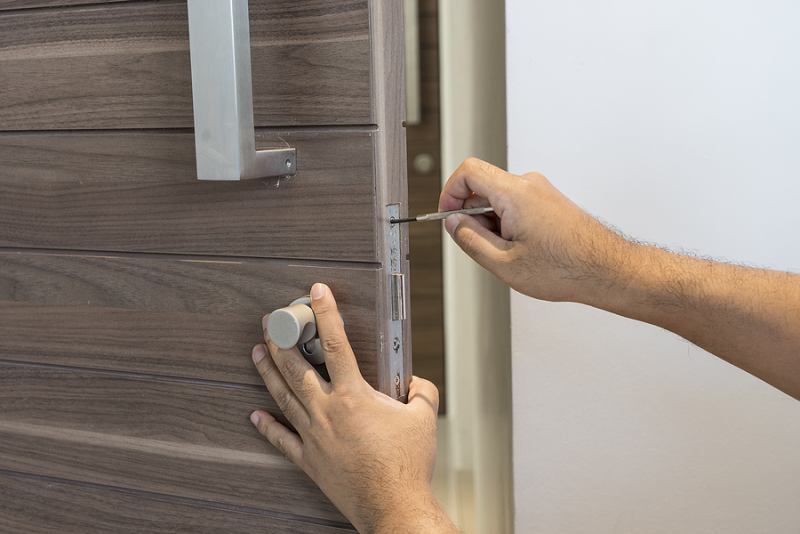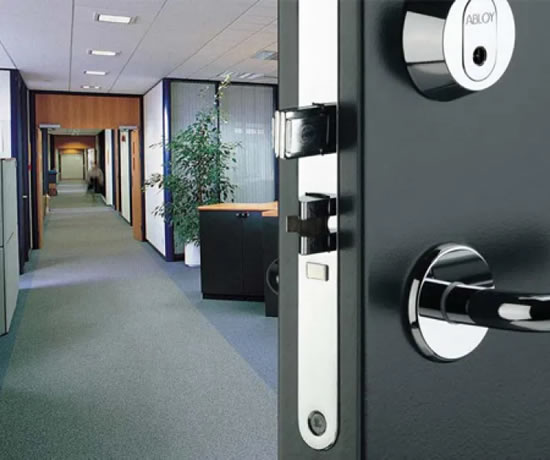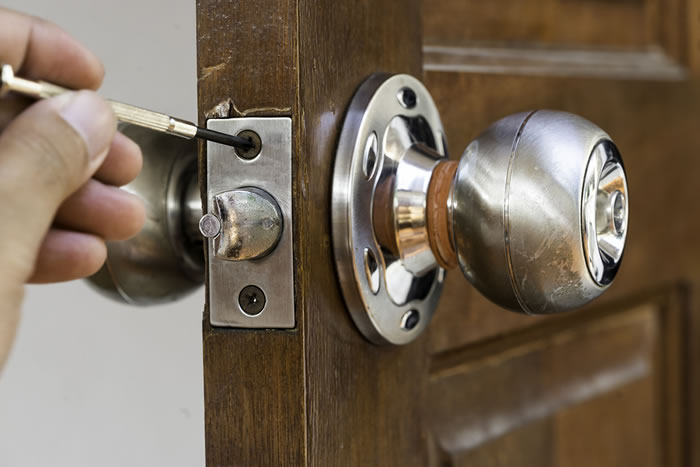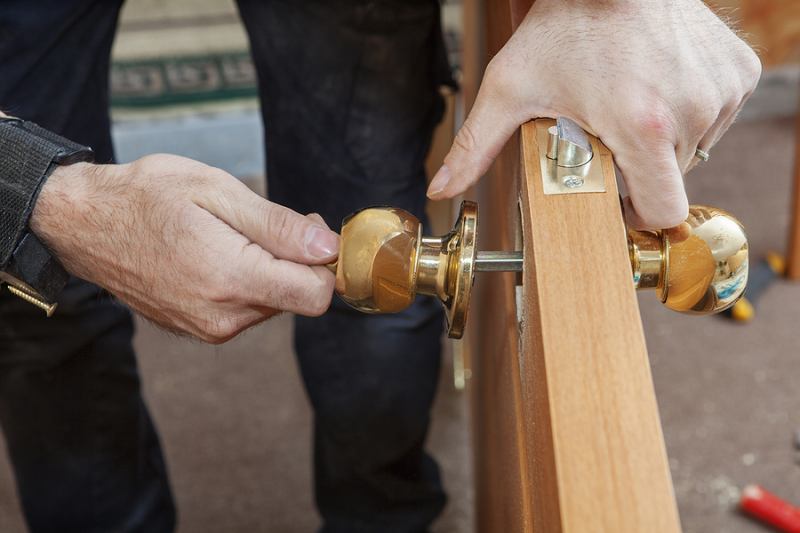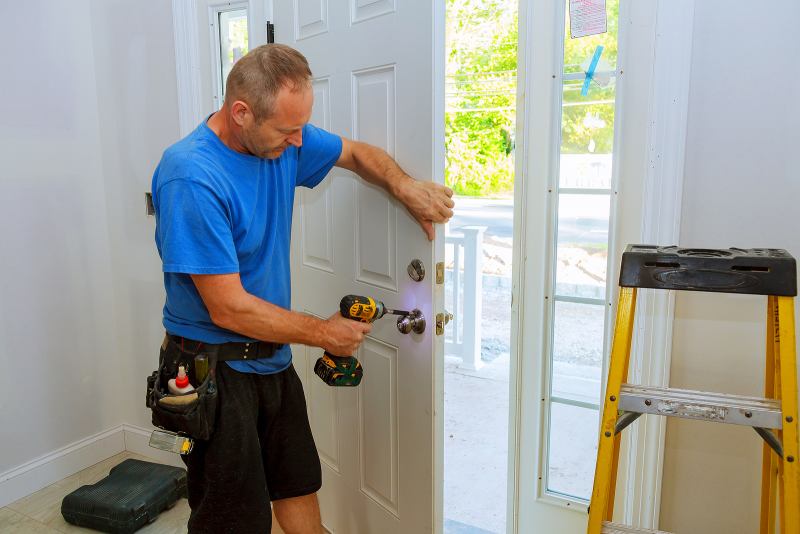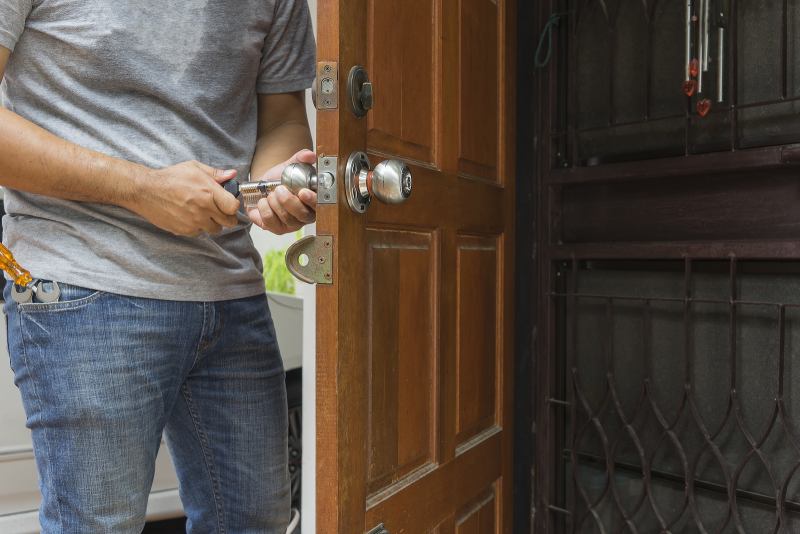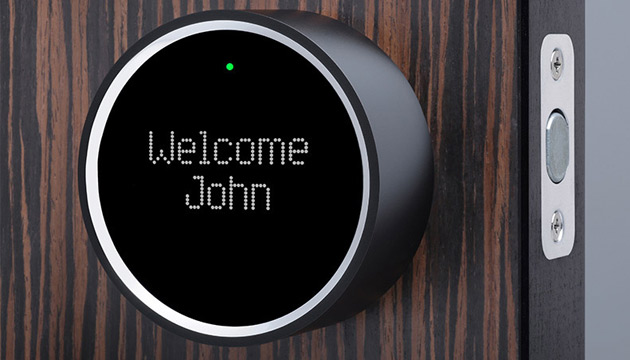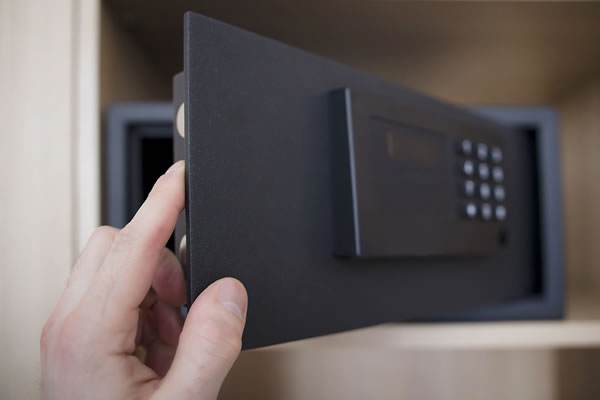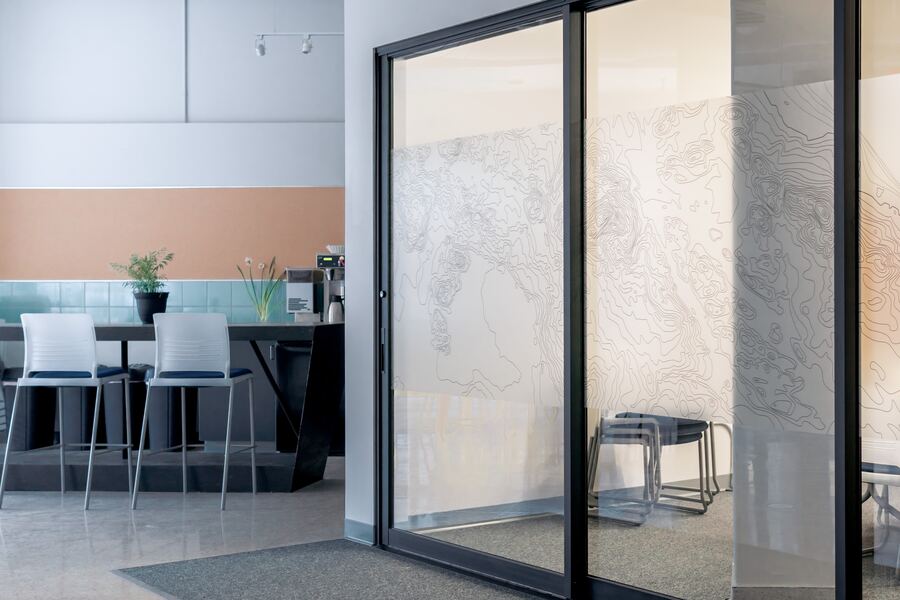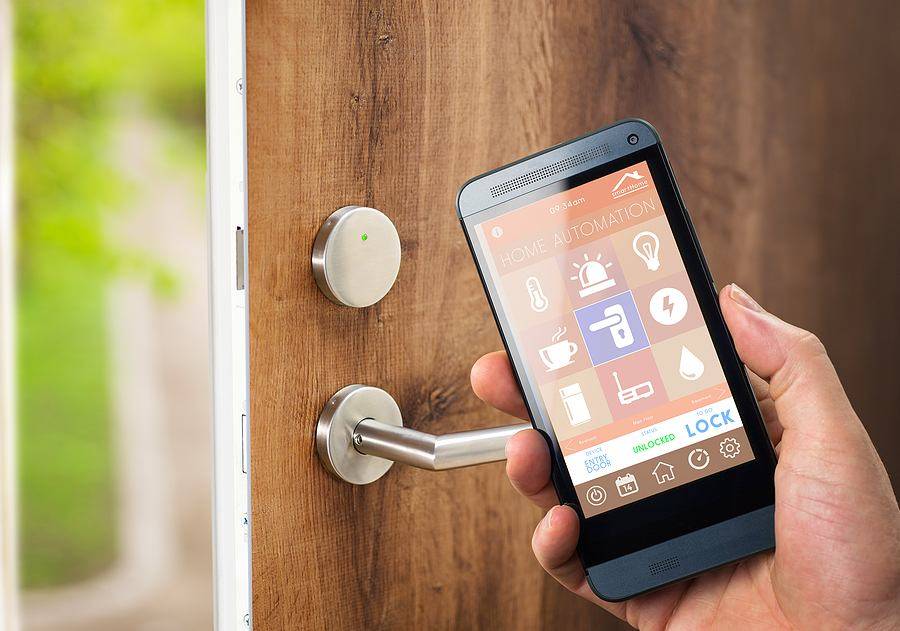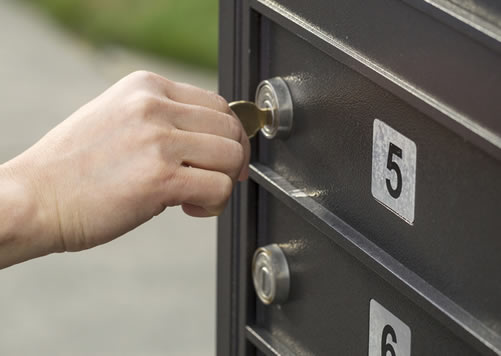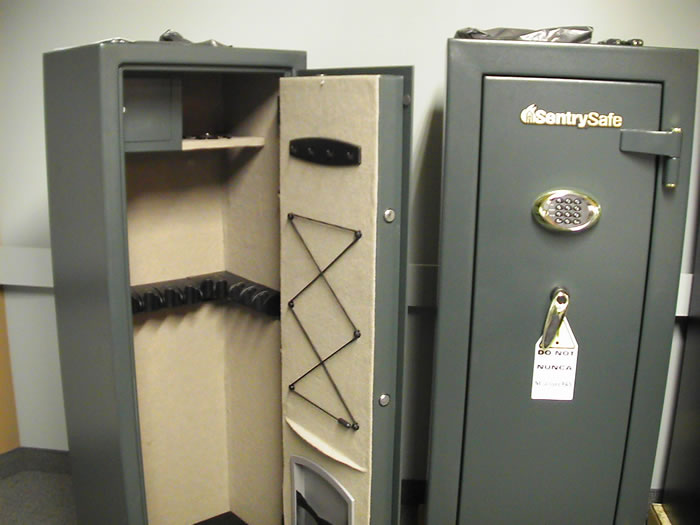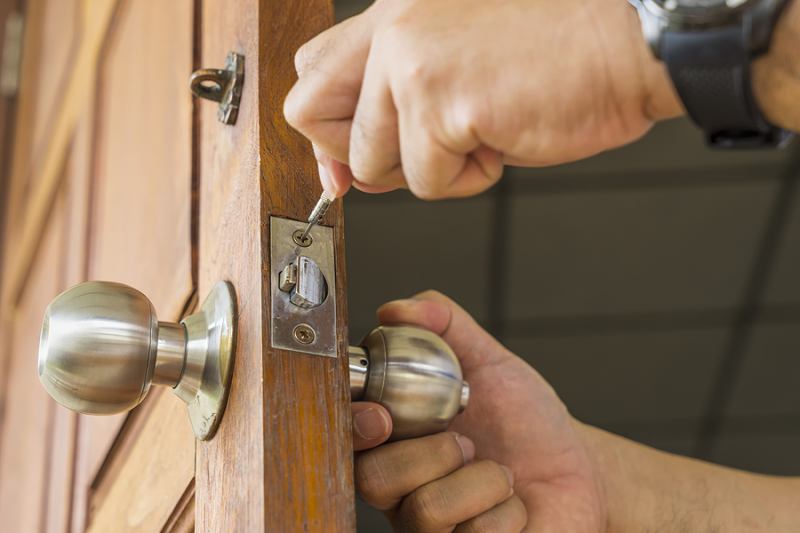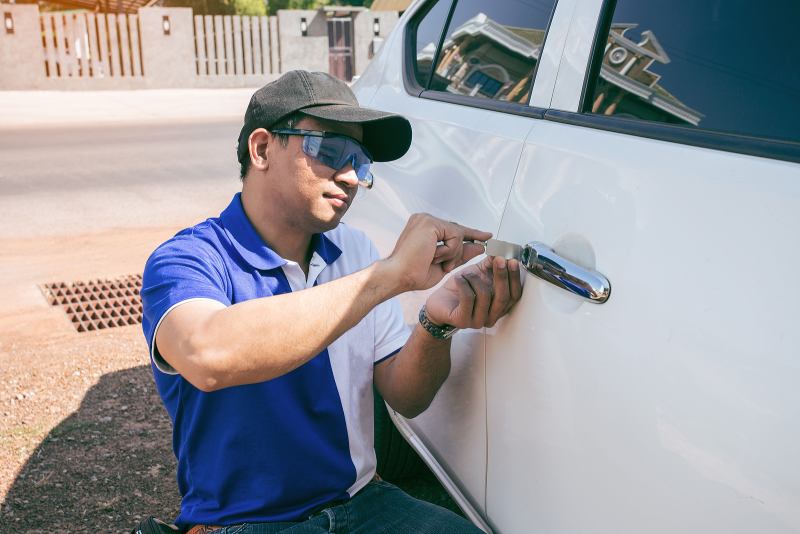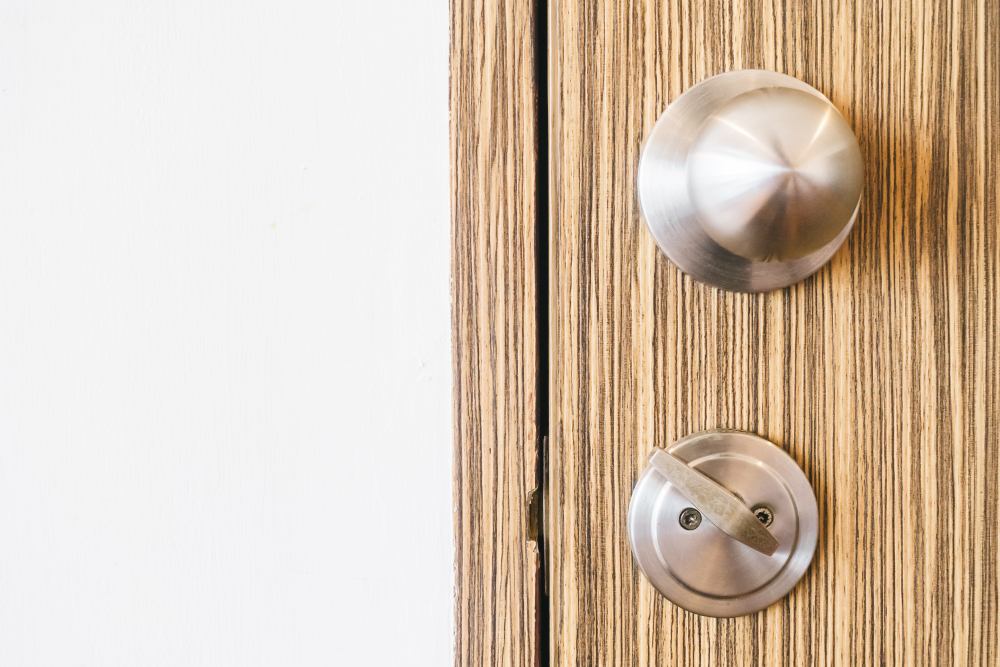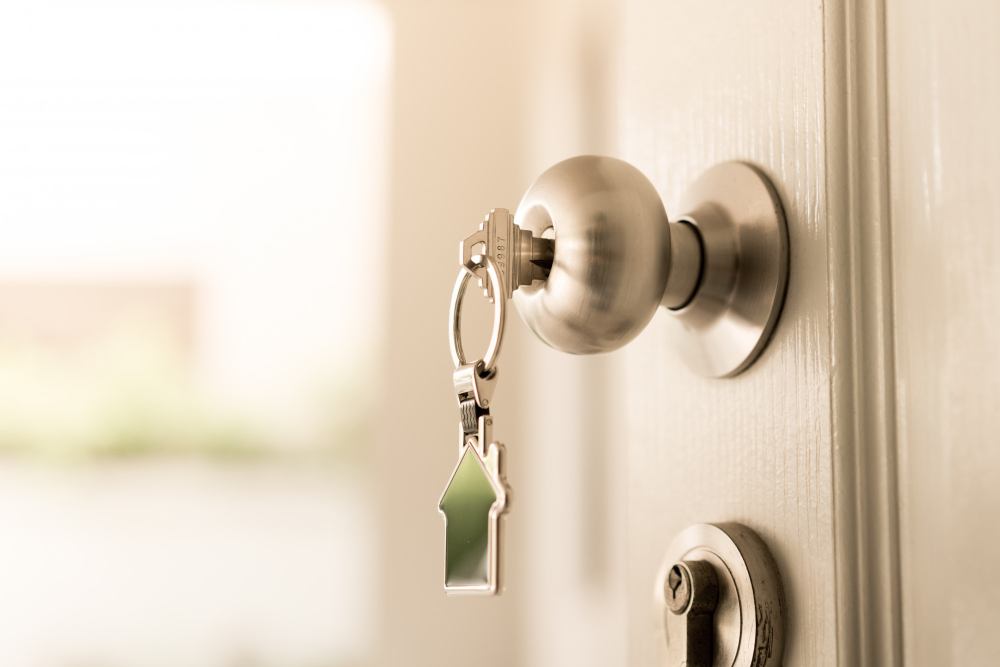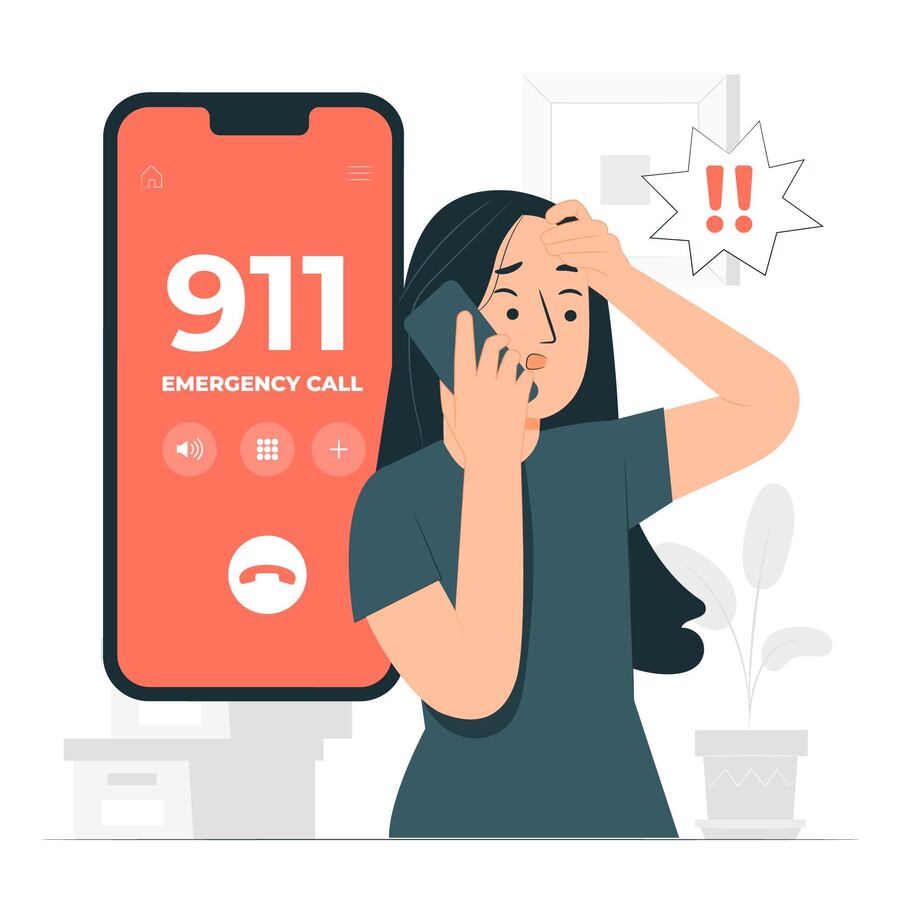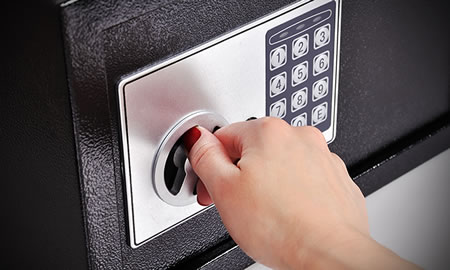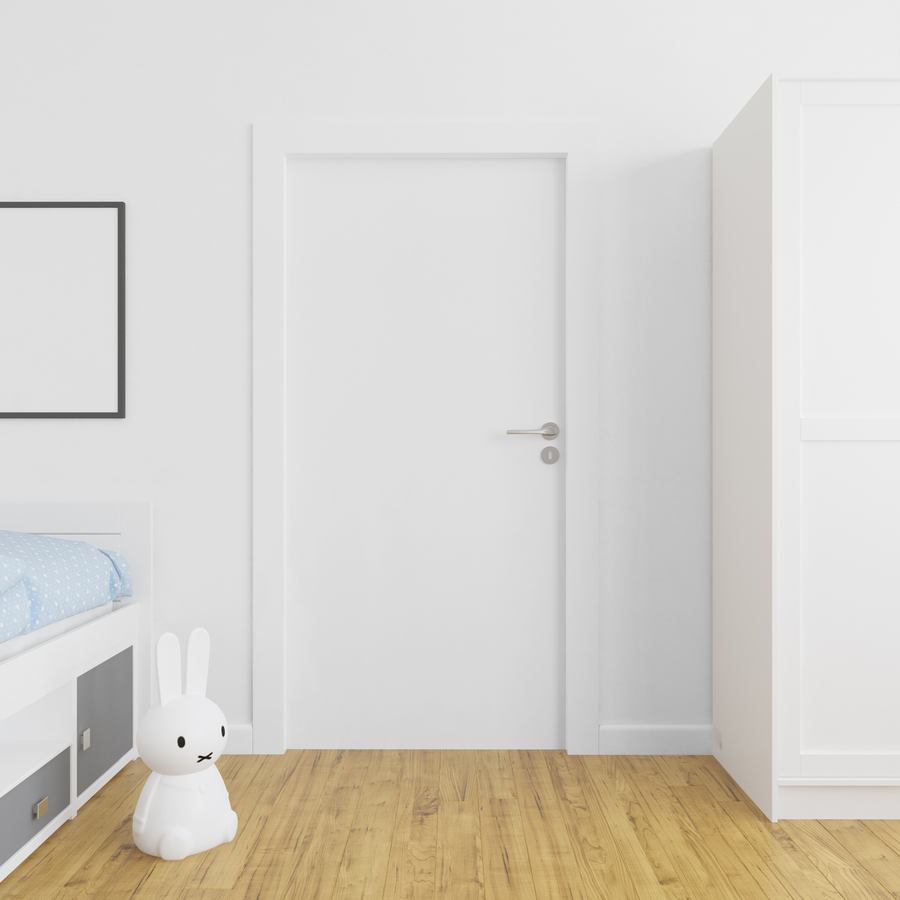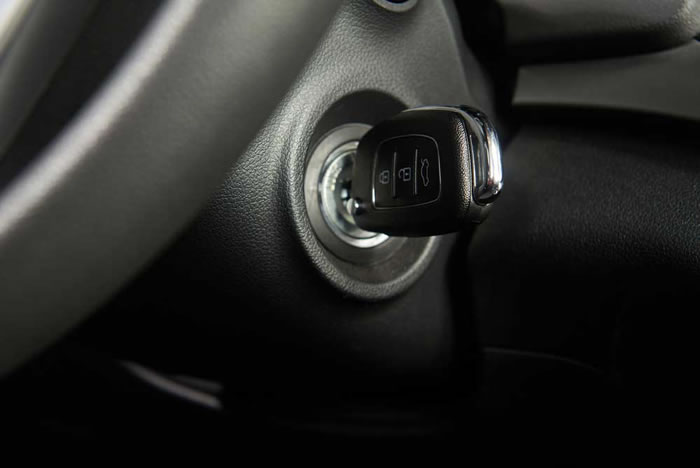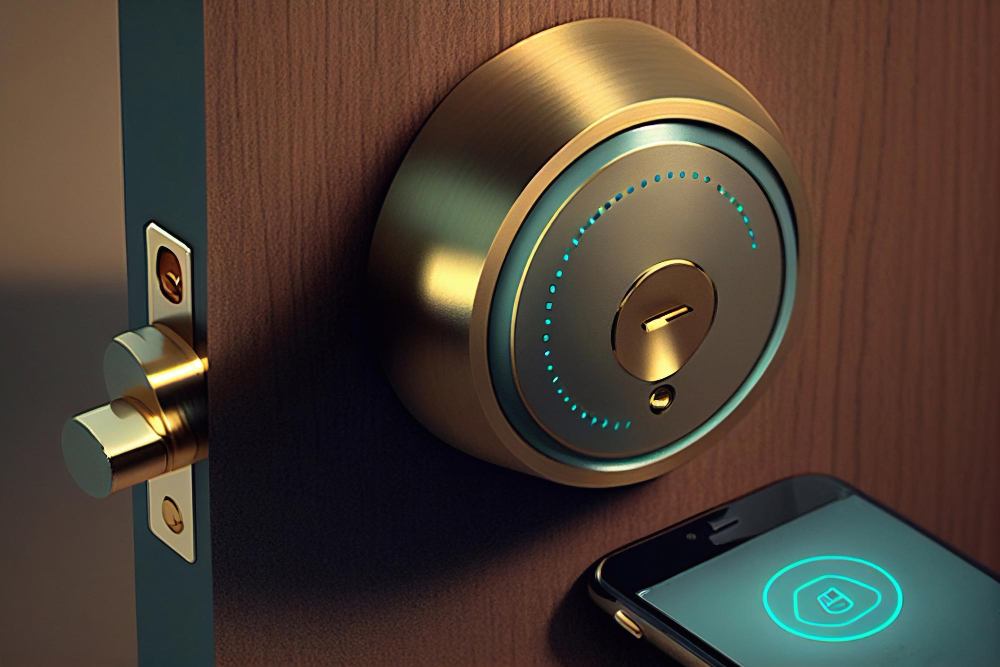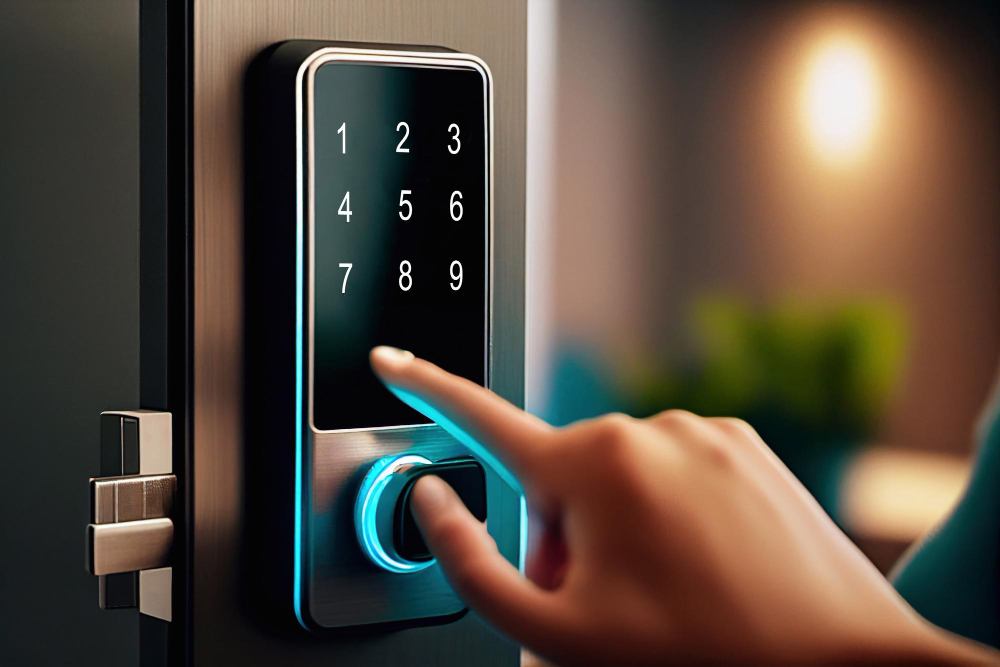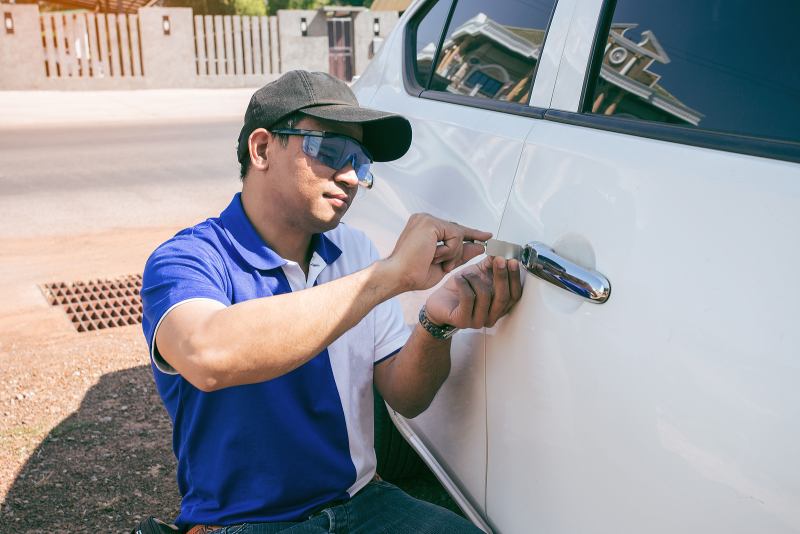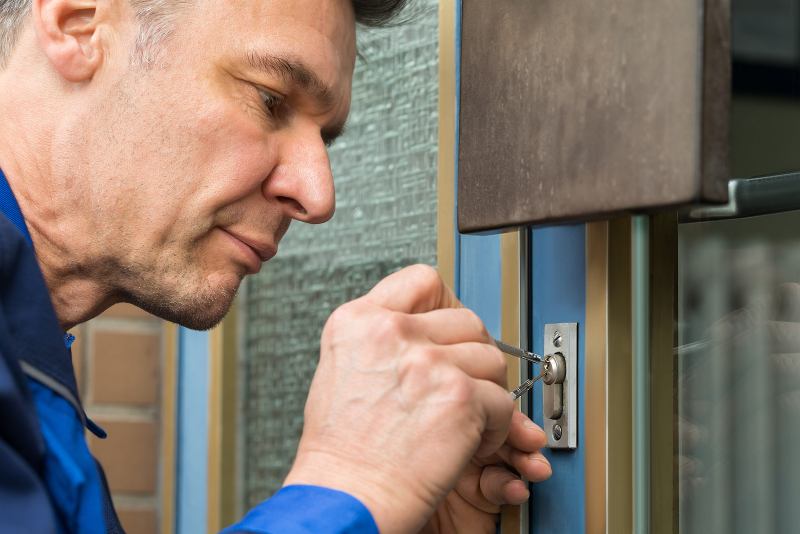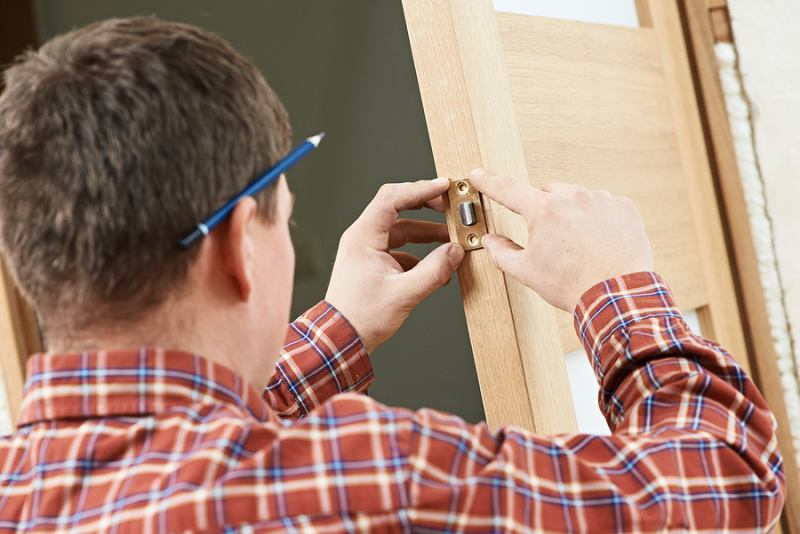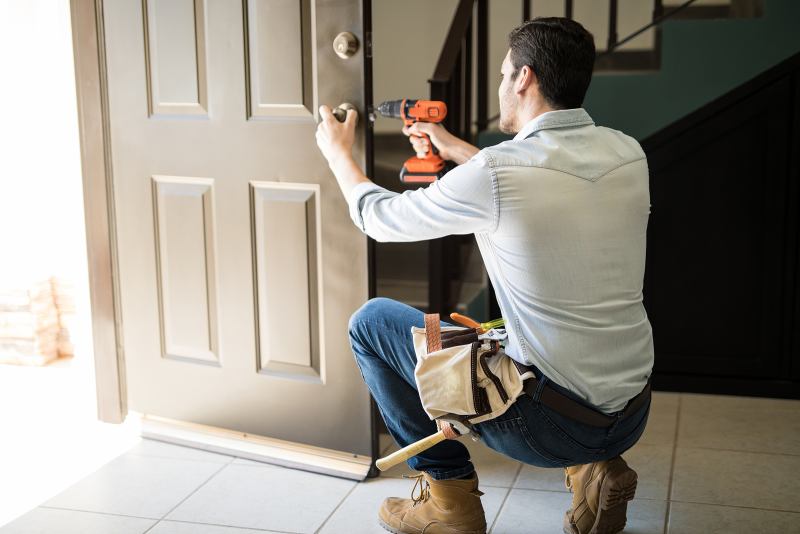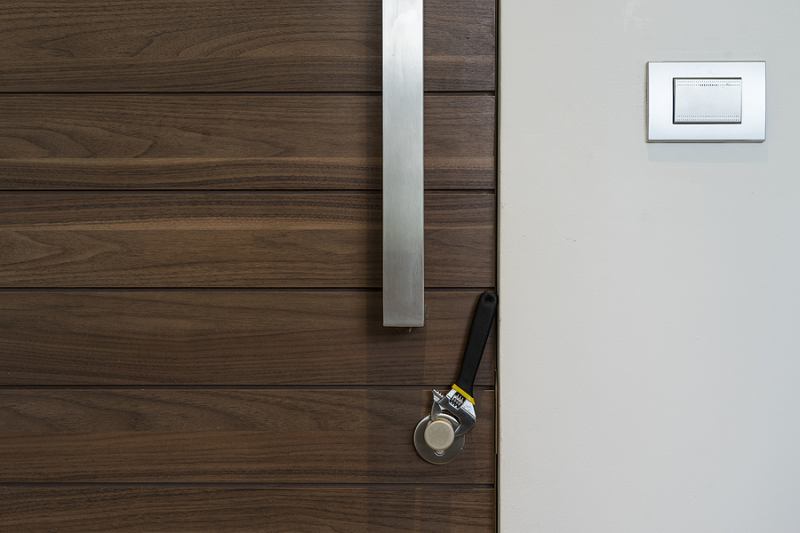
June 22, 2022
How to Make Your Own Lock
Locks are everywhere! Kids lock their bedroom doors; Adults lock their vehicles and bathrooms; And often, you will see a big padlock on the doors of a gym, locker, or storage facility. The purpose of a lock is to protect valuables and provide safety. But, when it comes down to it, all these locks need to work the same way to secure our belongings. What options are available for a lock when a traditional lock is not available? Diego's Locksmith can help with lock installation and has some answers for DIY locks in a crisis.
Fork
This fork lock is beneficial when you are in a hotel and nervous about whether someone can get into your room or not. It may even work in certain classroom doors.
Take off the fork's handle with a hacksaw and set it aside for later. You will need the handle in the final steps. You should first bend one or all teeth at a 90-degree angle so that they catch in the strike plate, where the bolt usually goes. Bending all teeth is best, but please note that bending can cause scratches.
Have the cut end sticking out towards you while the teeth catch in the strike plate. Now close the door over the fork, then stick the handle (from the first step) through the teeth. If the handle keeps sliding out, you can use your rubber band or duct tape to keep it in place. Voila - you now have a locked door. See a fork lock in action.
Barricade Device
Barricading a door effectively keeps an intruder out of your home, classroom, or other space. Some work on an inward opening door while others on an outward opening door.
You may need more than just a lock to keep intruders out of your home. You also may need something solid to barricade the door with. A piece of furniture like a desk or table would be perfect, but anything heavy enough will do. You'll want to ensure it's stable so that it doesn't fall over if someone tries to force their way in through the door.
Sticking a chair with its leg through the handle works perfectly as a barricade in a classroom or space with a lever-style handle. Anything that can make it impossible for an intruder to manipulate the lever handle works well. Here is an example of using a chair as a barricade.
Commercially available barricade options also exist. The increase in school and church shootings has communities considering more and more barricade options for the safety of everyone.
Wedge
Anything that can be used as a wedge will work in this situation, specifically doors that open inward. You could use a piece of wood, a rock, or even a screwdriver. The point is that it should be something small enough to fit between the door and its frame but large enough to provide some resistance when pushed against.
Traditional wedges are typically used to keep a door open but can just as easily be used to keep a door closed. You can fashion a wedge from many things such as cardboard, clay, or medical bandages.
Ties
A simple rope or a piece of string tied around the knob will keep the door closed. This is an easy way to keep the door shut without spending money on expensive locks and keys.
You need to tie the rope or cord to the knob on your door. You can use any cord or rope, but the thicker it is, the more secure your lock. Once you have tied the cord around the knob, you need to ensure that it is tight enough so that someone cannot remove it easily. It should also be long enough to be wrapped around a solid stationary item. Remove any slack until you are ready to remove the rope entirely.
From Scratch
We proved that you could make nearly anything a lock out of household goods with some imagination and render your collection safe again. If you ever find yourself in the situation of needing a lock urgently, you now have an understanding of what can suffice as a lock in a crisis.





.jpg)



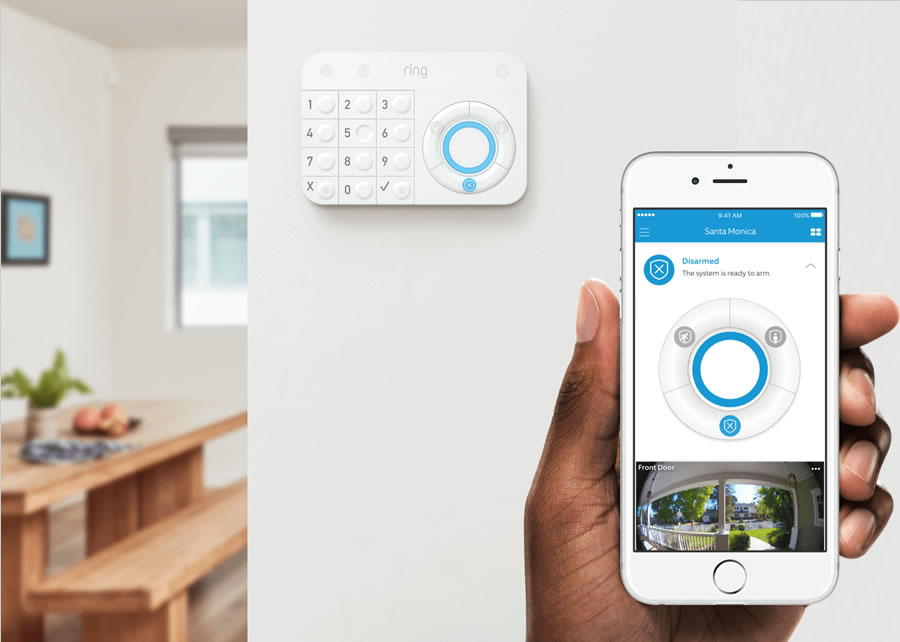


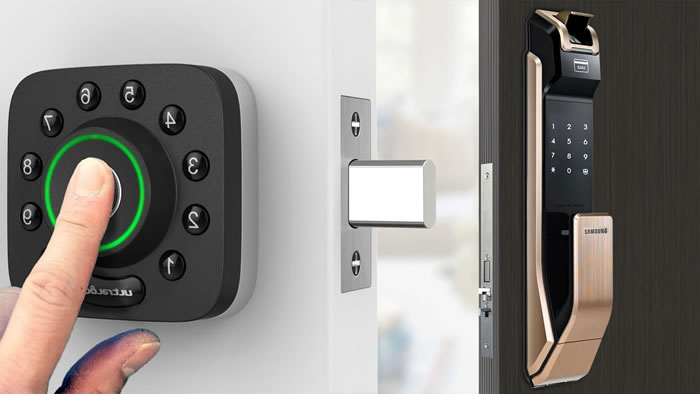



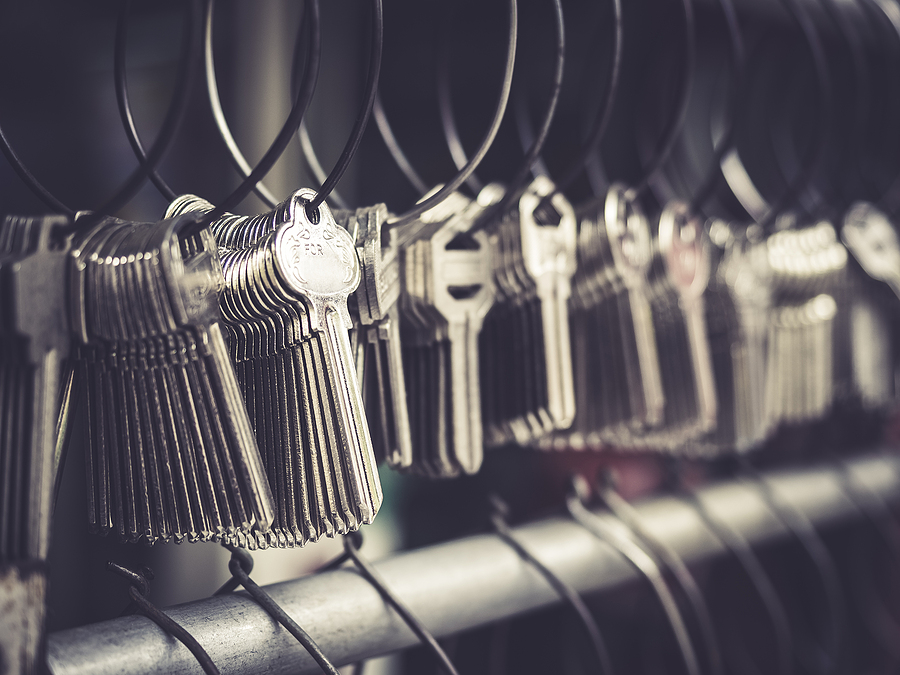
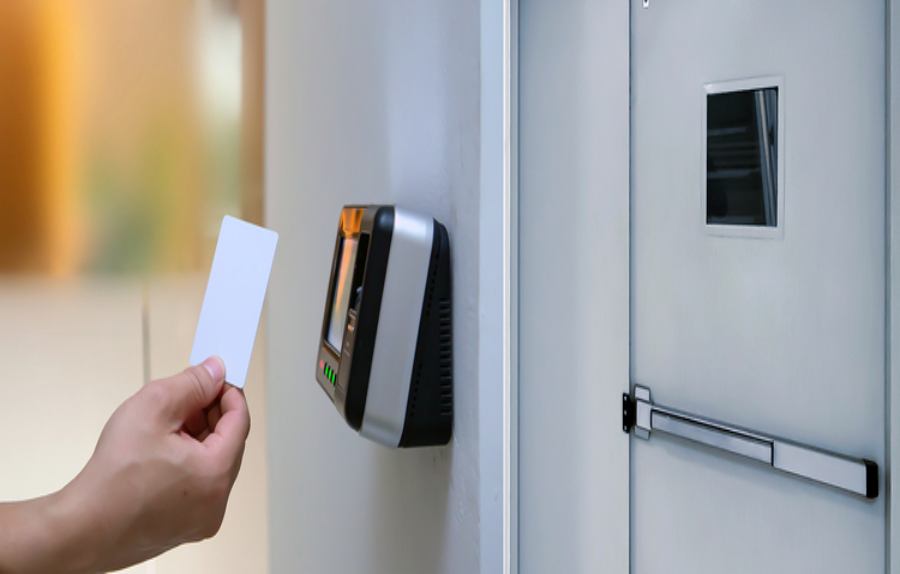
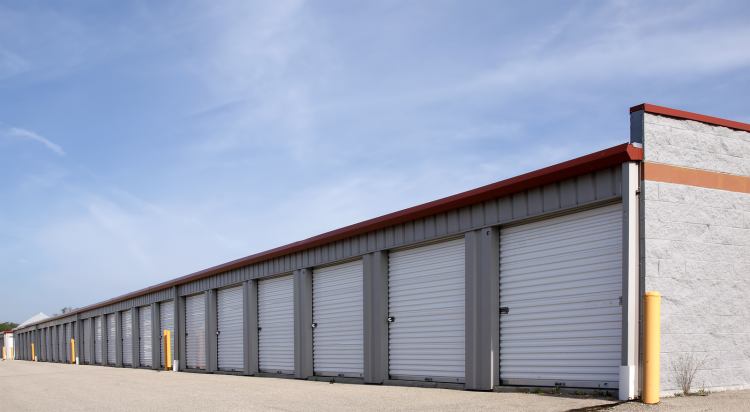
.jpg)


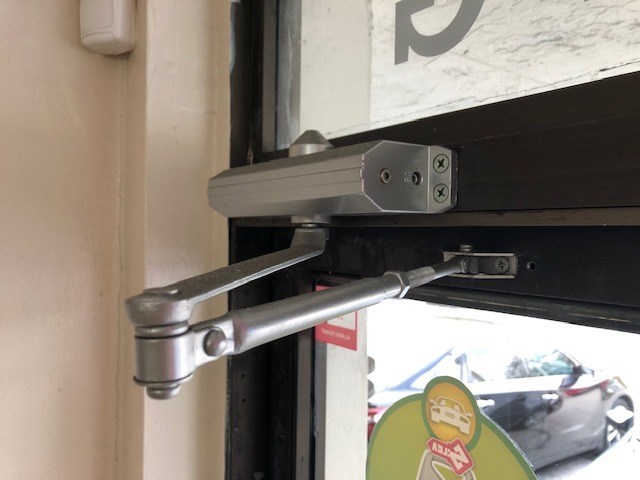


.jpg)





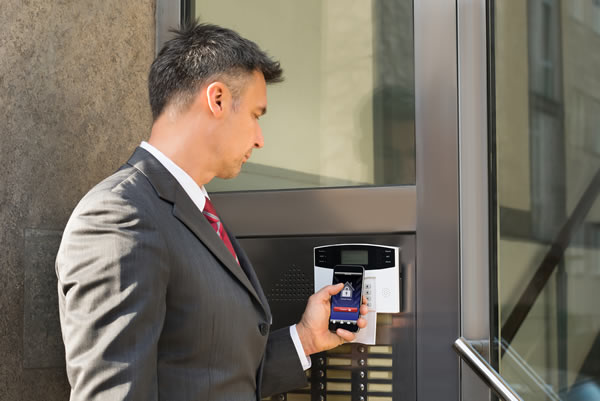
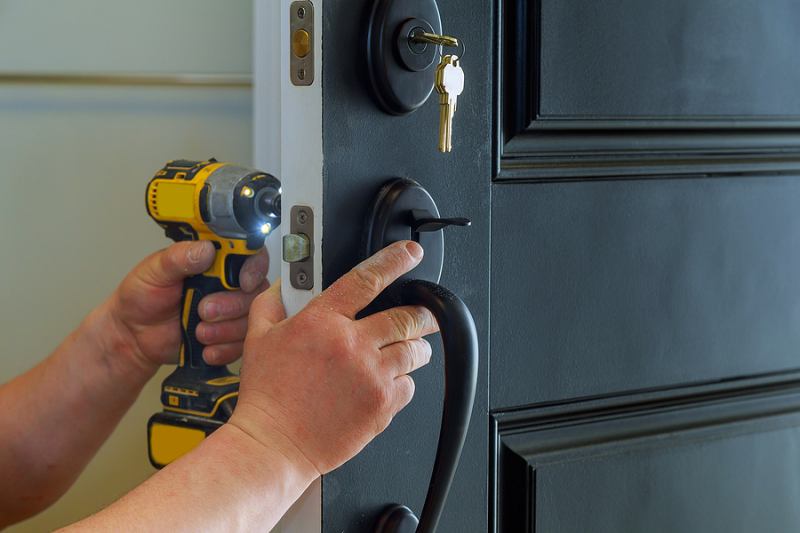
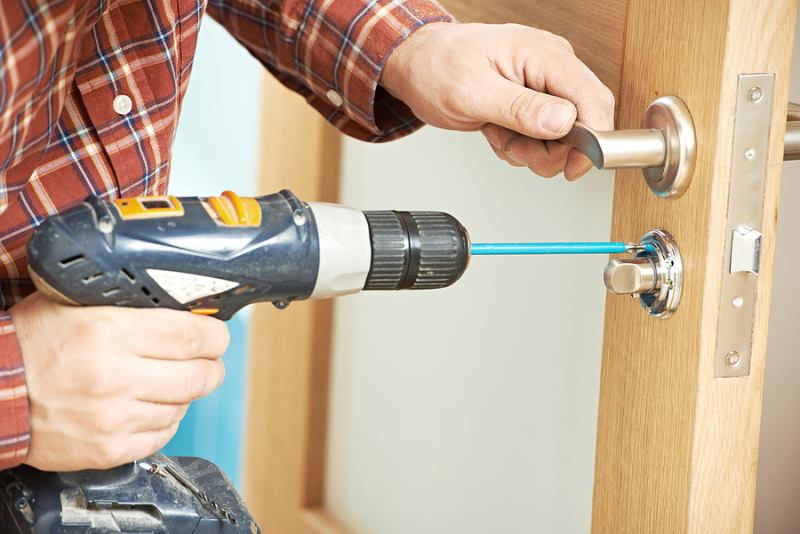
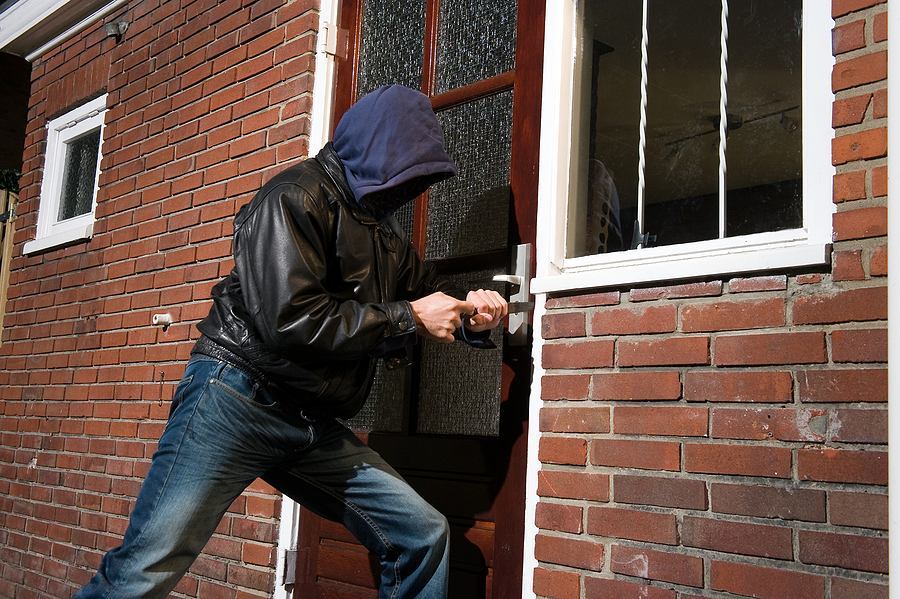

.jpg)

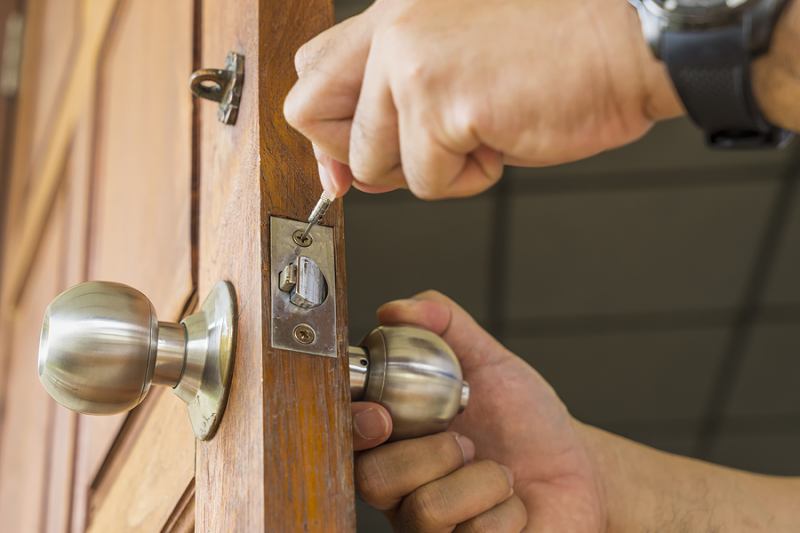
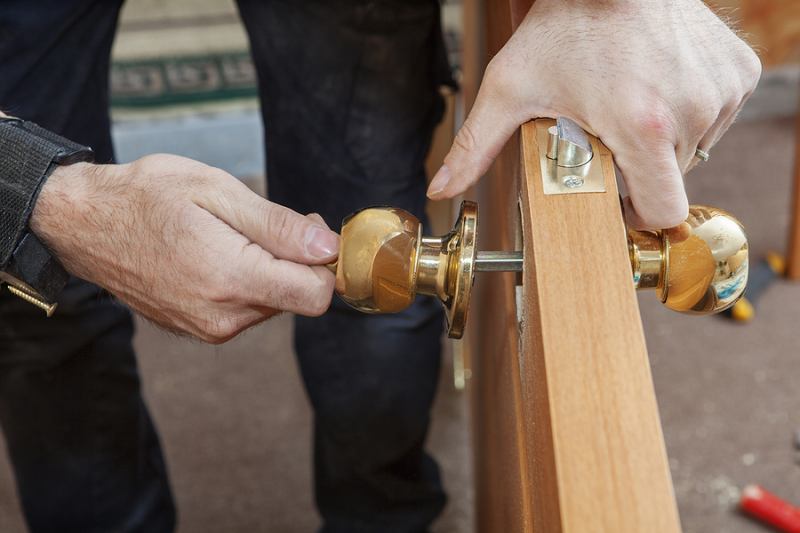
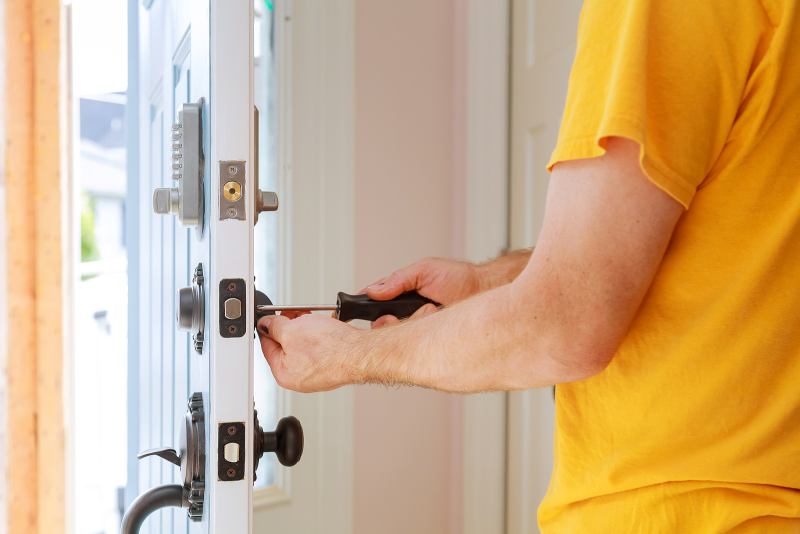



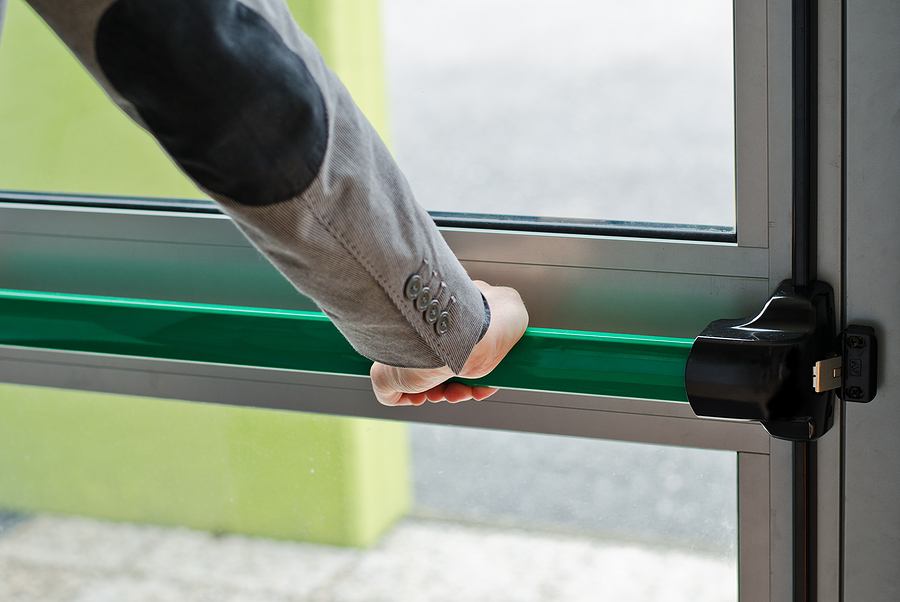
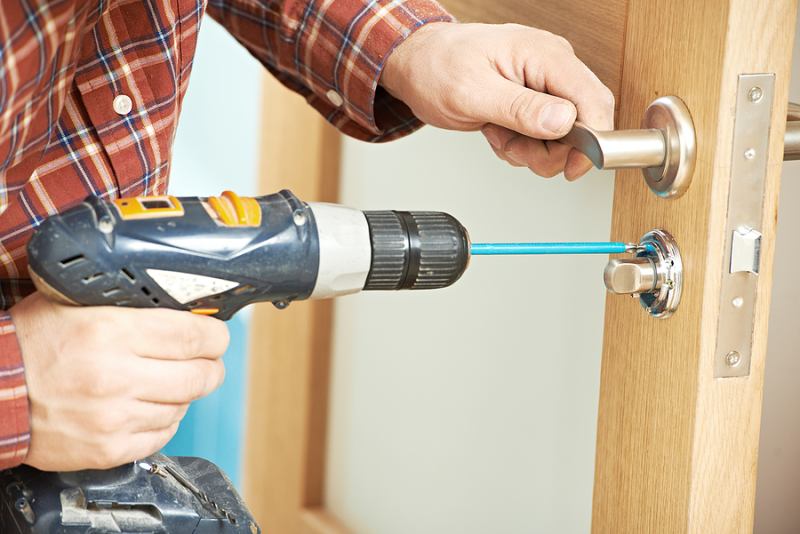
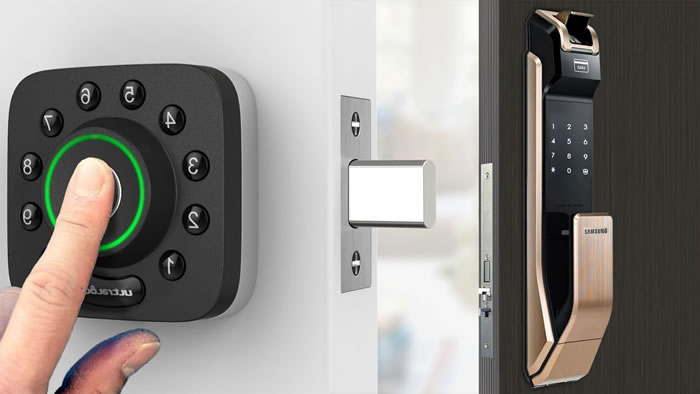
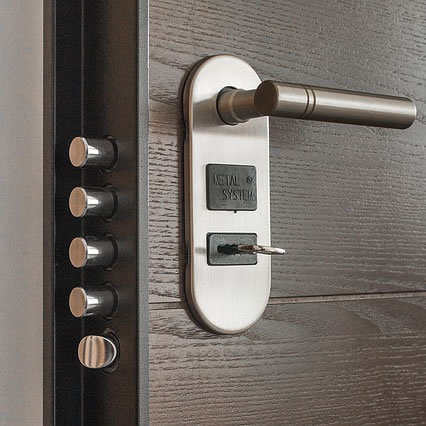


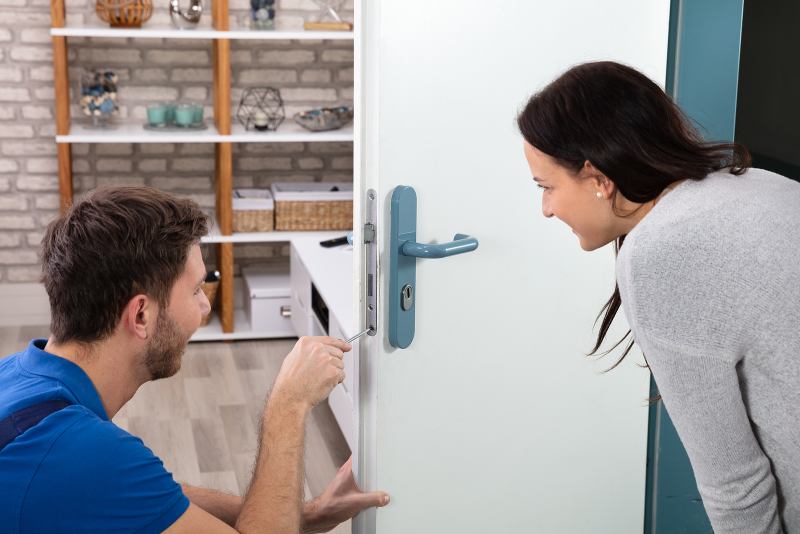

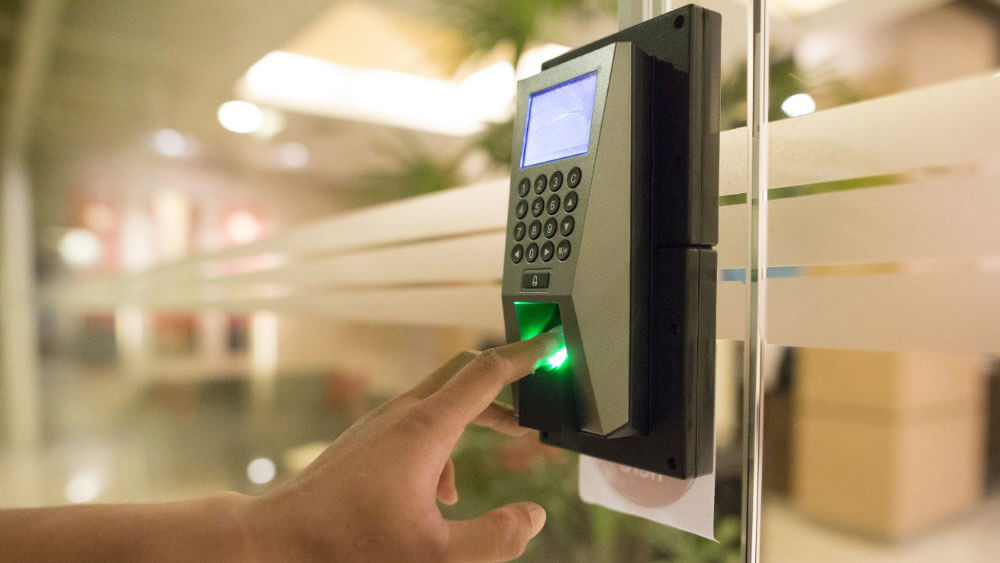


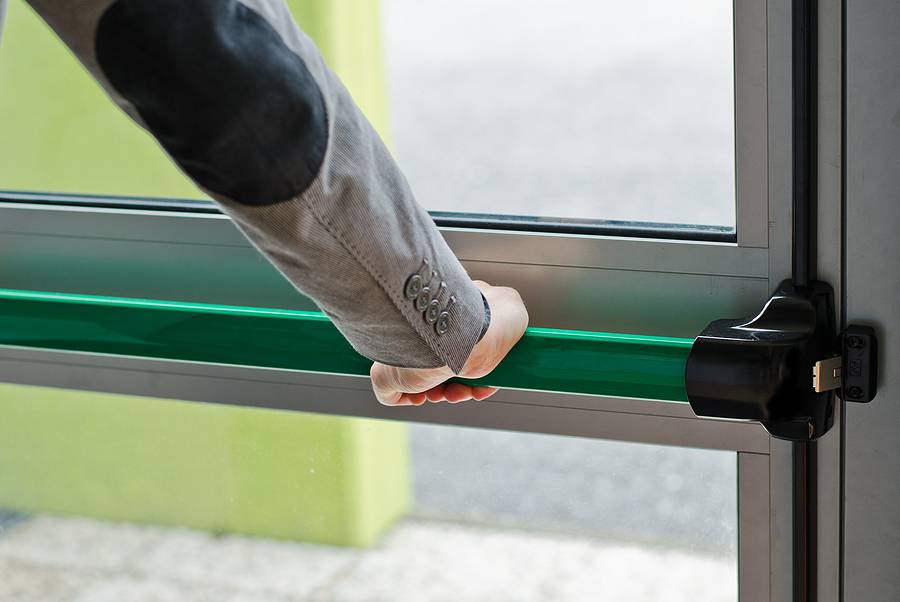
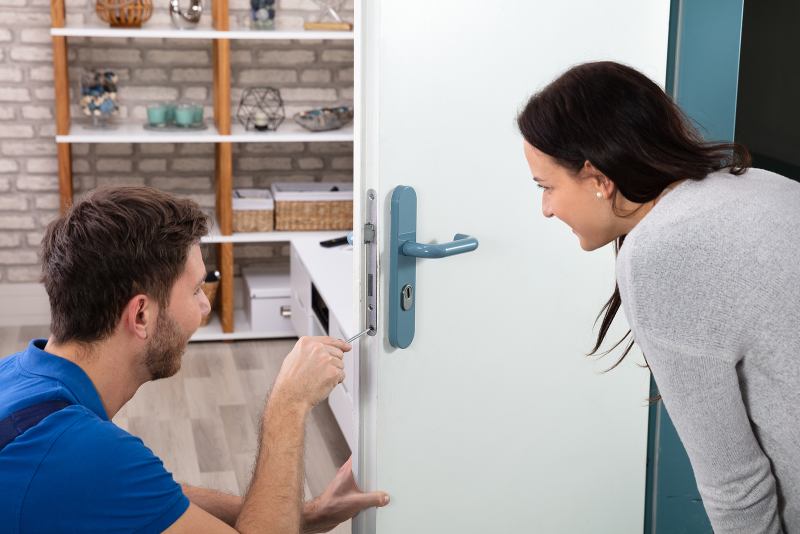



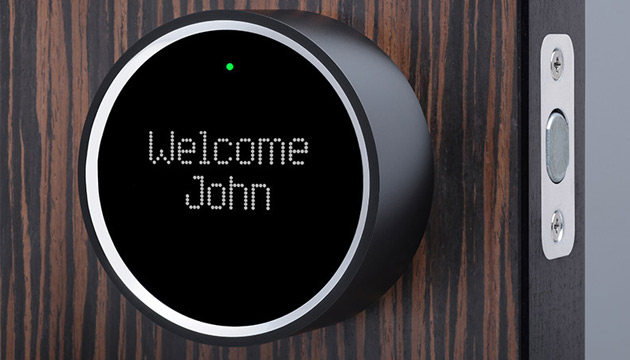


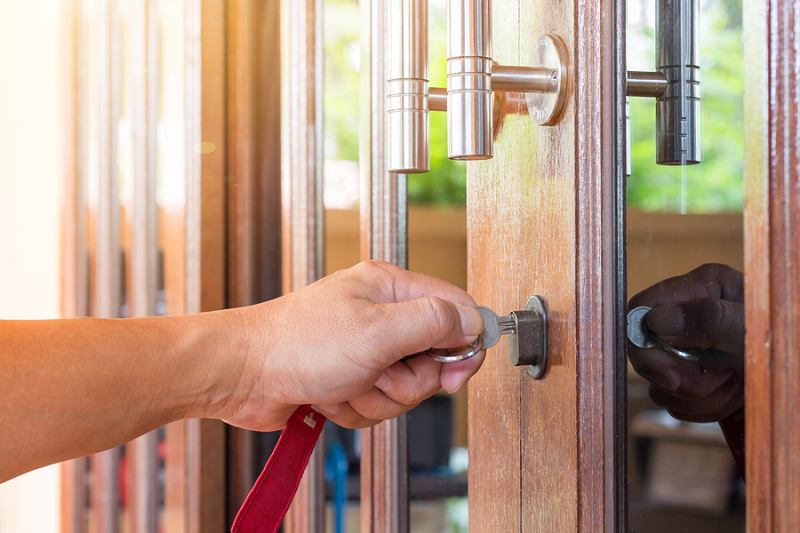


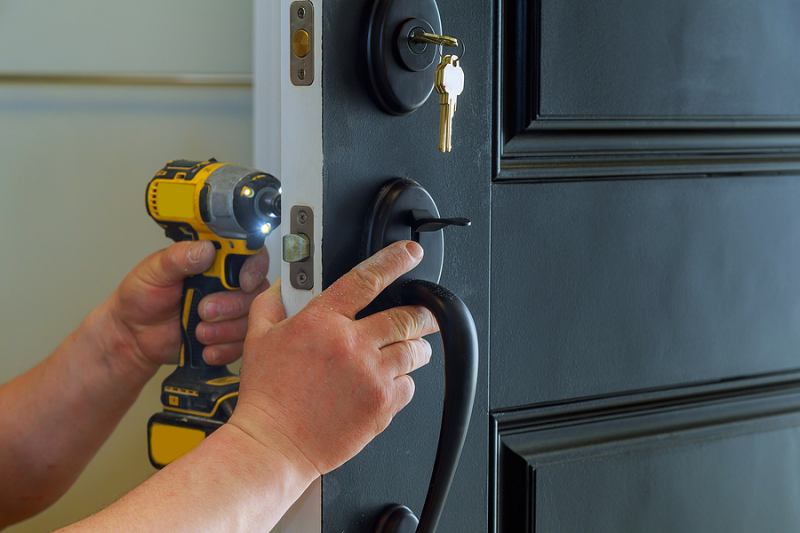
.jpg)
.jpg)

